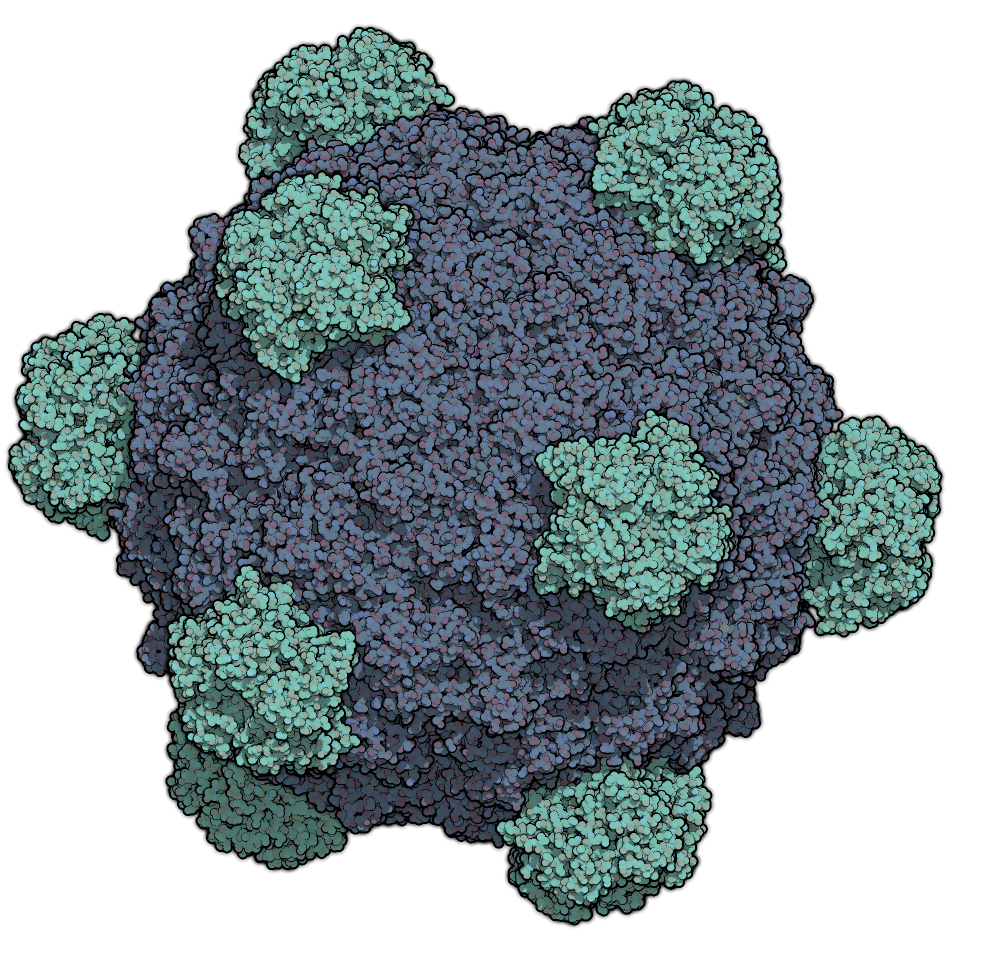In the world of physics, ideas can lie dormant for decades before revealing their true power. What begins as a quiet paper in an academic journal can eventually reshape our understanding of the universe itself.
In 1993, nestled deep in the halls of Yale University, physicist Subir Sachdev and his graduate student Jinwu Ye stumbled upon such an idea. Their work, originally aimed at unraveling the mysteries of “spin fluids”, would go on to ignite one of the most surprising and profound connections in modern physics—a bridge between the strange behavior of quantum materials and the warped spacetime of black holes.
Two decades after the paper was published, it would be pulled into the orbit of a radically different domain: quantum gravity. Thanks to work by renowned physicist Alexei Kitaev in 2015, the model found new life as a testing ground for the mind-bending theory of holography—the idea that the universe we live in might be a projection, from a lower-dimensional reality.
Holography is an exotic approach to understanding reality where scientists use holograms to describe higher dimensional systems in one less dimension. So, if our world is 3+1 dimensional (3 spatial directions plus time), there exists a 2+1, or 3-dimensional description of it. In the words of Leonard Susskind, a pioneer in quantum holography, "the three-dimensional world of ordinary experience—the universe filled with galaxies, stars, planets, houses, boulders, and people—is a hologram, an image of reality coded on a distant two-dimensional surface." Â
The “SYK” model, as it is known today, is now considered a quintessential framework for studying strongly correlated quantum phenomena, which occur in everything from superconductors to strange metals—and even in black holes. In fact, The SYK model has also been used to study one of physics’ true final frontiers, quantum gravity, with the authors of the paper calling it “a paradigmatic model for quantum gravity in the lab.” Â
The SYK model involves Majorana fermions, a type of particle that is its own antiparticle. A key feature of the model is that these fermions are all-to-all connected, leading to strong correlations. This connectivity makes the model particularly challenging to simulate on classical computers, where such correlations are difficult to capture. Our quantum computers, however, natively support all-to-all connectivity making them a natural fit for studying the SYK model.
Now, 10 years after Kitaev’s watershed lectures, we’ve made new progress in studying the SYK model. In a new paper, . By exploiting our system’s native high fidelity and all-to-all connectivity, as well as our scientific team’s deep expertise across many disciplines, we were able to study the SYK model at a scale three times larger than the previous best experimental attempt.
While this work does not exceed classical techniques, it is very close to the classical state-of-the-art. The biggest ever classical study was done on 64 fermions, while our recent result, run on our smallest processor (System Model H1), included 24 fermions. Modelling 24 fermions costs us only 12 qubits (plus one ancilla) making it clear that we can quickly scale these studies: our System Model H2 supports 56 qubits (or ~100 fermions), and Helios, which is coming online this year, will have over 90 qubits (or ~180 fermions).
However, working with the SYK model takes more than just qubits. The SYK model has a complex Hamiltonian that is difficult to work with when encoded on a computer—quantum or classical. Studying the real-time dynamics of the SYK model means first representing the initial state on the qubits, then evolving it properly in time according to an intricate set of rules that determine the outcome. This means deep circuits (many circuit operations), which demand very high fidelity, or else an error will occur before the computation finishes.
Our cross-disciplinary team worked to ensure that we could pull off such a large simulation on a relatively small quantum processor, laying the groundwork for quantum advantage in this field.
First, the team adopted a to run the simulation. By using random sampling, among other methods, the TETRIS algorithm allows one to compute the time evolution of a system without the pernicious discretization errors or sizable overheads that plague other approaches. TETRIS is particularly suited to simulating the SYK model because with a high level of disorder in the material, simulating the SYK Hamiltonian means averaging over many random Hamiltonians. With TETRIS, one generates random circuits to compute evolution (even with a deterministic Hamiltonian). Therefore, when applying TETRIS on SYK, for every shot one can just generate a random instance of the Hamiltonain, and generate a random circuit on TETRIS at the same time. This simple approach enables less gate counts required per shot, meaning users can run more shots, naturally mitigating noise.
In addition, the team “sparsified” the SYK model, which means “pruning” the fermion interactions to reduce the complexity while still maintaining its crucial features. By combining sparsification and the TETRIS algorithm, the team was able to significantly reduce the circuit complexity, allowing it to be run on our machine with high fidelity.
They didn’t stop there. The team also proposed two new noise mitigation techniques, ensuring that they could run circuits deep enough without devolving entirely into noise. The two techniques both worked quite well, and the team was able to show that their algorithm, combined with the noise mitigation, performed significantly better and delivered more accurate results. The perfect agreement between the circuit results and the true theoretical results is a remarkable feat coming from a co-design effort between algorithms and hardware.
As we scale to larger systems, we come closer than ever to realizing quantum gravity in the lab, and thus, answering some of science’s biggest questions.


